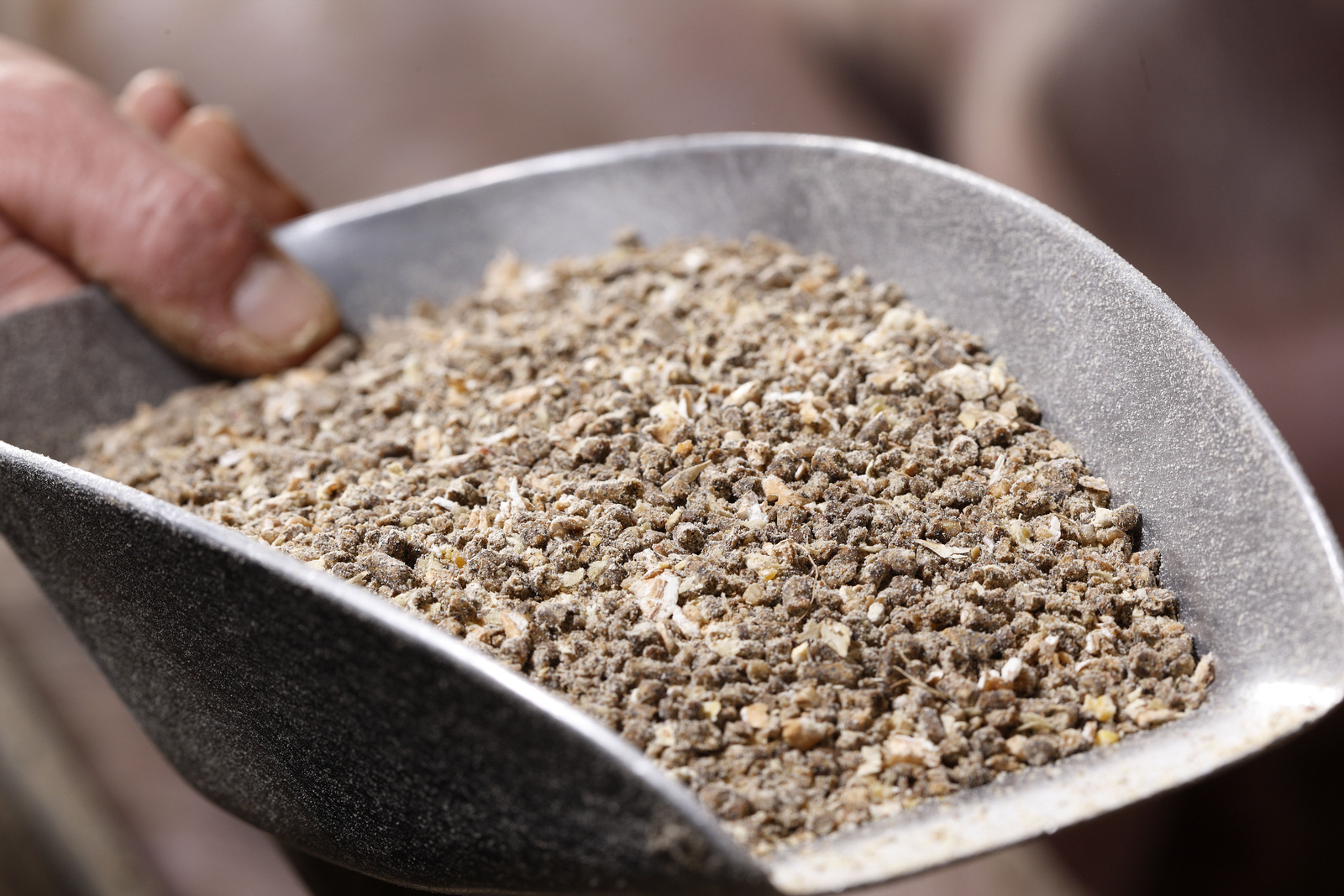PEDv can survive in feed ingredients

Porcine Epidemic Diarrhoea (PEDv) can survive in a subset of feed ingredients. This was shown in recent trials by US scientists.
In order to demonstrate the ability of PEDv to survive in a subset of feed ingredients, the scientists used a model simulating shipment from China to the United States, they wrote in BMC Veterinary Research. They conclude: “This is proof of concept suggesting that contaminated feed ingredients could serve as transboundary risk factors for PEDv, along with the identification of effective mitigation options.”
Model to evaluate the transboundary risk
The scientists wrote, “This study describes a model developed to evaluate the transboundary risk of PEDv-contaminated swine feed ingredients and the effect of two mitigation strategies during a simulated transport event from China to the US.”
They continue, “Ingredients imported to the USA from China, including organic & conventional soybeans and meal, lysine hydrochloride, D-L methionine, tryptophan, Vitamins A, D & E, choline, carriers (rice hulls, corn cobs) and feed grade tetracycline, were inoculated with PEDv.”
Also interesting: Surviving SDCoV with feed additives
Using certain kinds of feed additives may reduce Swine Delta Coronavirus (SDCoV) survival in complete feed faster, according to a group of researchers from the University of Minnesota.
Control ingredients and treatments
Control ingredients, and treatments (ingredients plus a liquid antimicrobial (SalCurb, Kemin Industries) or a 2% custom medium chain fatty acid blend) were tested. The model ran for 37 days, simulating transport of cargo from Beijing, China to Des Moines, IA, US from 23 December 2012 to 28 January 2013.
To mimic conditions on land and sea, historical temperature and percent relative humidity (% RH) data were programmed into an environmental chamber which stored all containers. To evaluate PEDv viability over time, ingredients were organised into 1 of 4 batches of samples, each batch representing a specific segment of transport.
• Batch 1 (segment 1) simulated transport of contaminated ingredients from manufacturing plants in Beijing (day 1 post-contamination (PC)).
• Batch 2 (segments 1 and 2) simulated manufacturing and delivery to Shanghai, including time in Anquing terminal awaiting shipment (days 1-8 PC).
• Batch 3 (segments 1, 2 and 3) represented time in China, the crossing of the Pacific and entry to the US at the San Francisco, CA terminal (day 1-27 PC).
• Batch 4 (segments 1-4) represented the previous events, including transport to Des Moines, IA (days 1-37 PC).
Across control (non-treated) ingredients, viable PEDv was detected in soybean meal (organic and conventional), Vitamin D, lysine hydrochloride and choline chloride. In contrast, viable PEDv was not detected in any samples treated with the liquid antimicrobial or the medium chain fatty acid blend.
Also read: Liquid in-feed antimicrobial can reduce PEDv risk
Using a liquid in-feed antimicrobial can help reduce the risk of Porcine Epidemic Diarrhoea virus infection of naïve pigs.
Not proven that this was the way
Last year, the United States Department of Agriculture (USDA) pointed out that PEDv might have entered the United States in May 2013 by ways of tote bags. The new research shows a different way of transmission, but it’s not proven which road the infection took in 2013. What it does show is that there appears to be a risk related to some long-distance feed trade.
In an interview with Harvest Public Media, lead researcher Scott Dee said: “Buy US’ might be a slogan that would come out of this.” He added, “So I don’t think anyone’s quite ready to do anything yet, except to discuss the data. And that’s really what I want to do, is just raise awareness, open some minds and start some conversations.”
The article in BMC Veterinary Research was authored by Scott Dee, Casey Neill and Gordon Spronk, Pipestone Veterinary Services; Aaron Singrey, Travis Clement, Eric Nelson and Jane Christopher-Hennings, South Dakota State University; Roger Cochrane and Cassandra Jones, Kansas State University; Gilbert Patterson, University of Minnesota.











